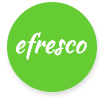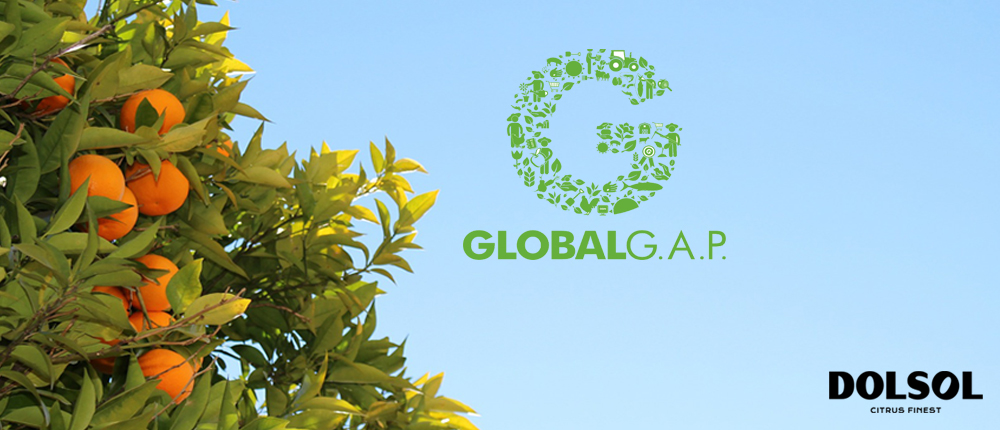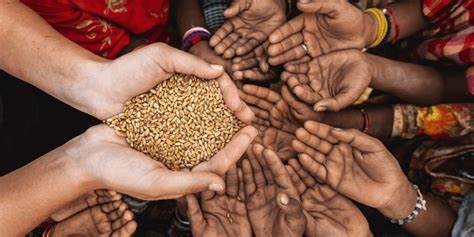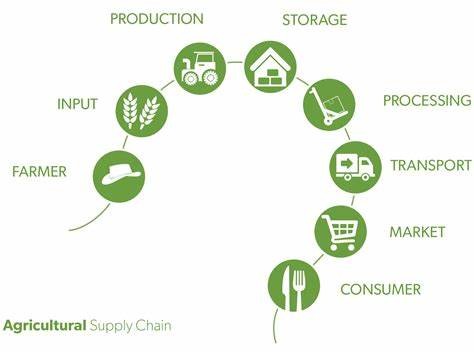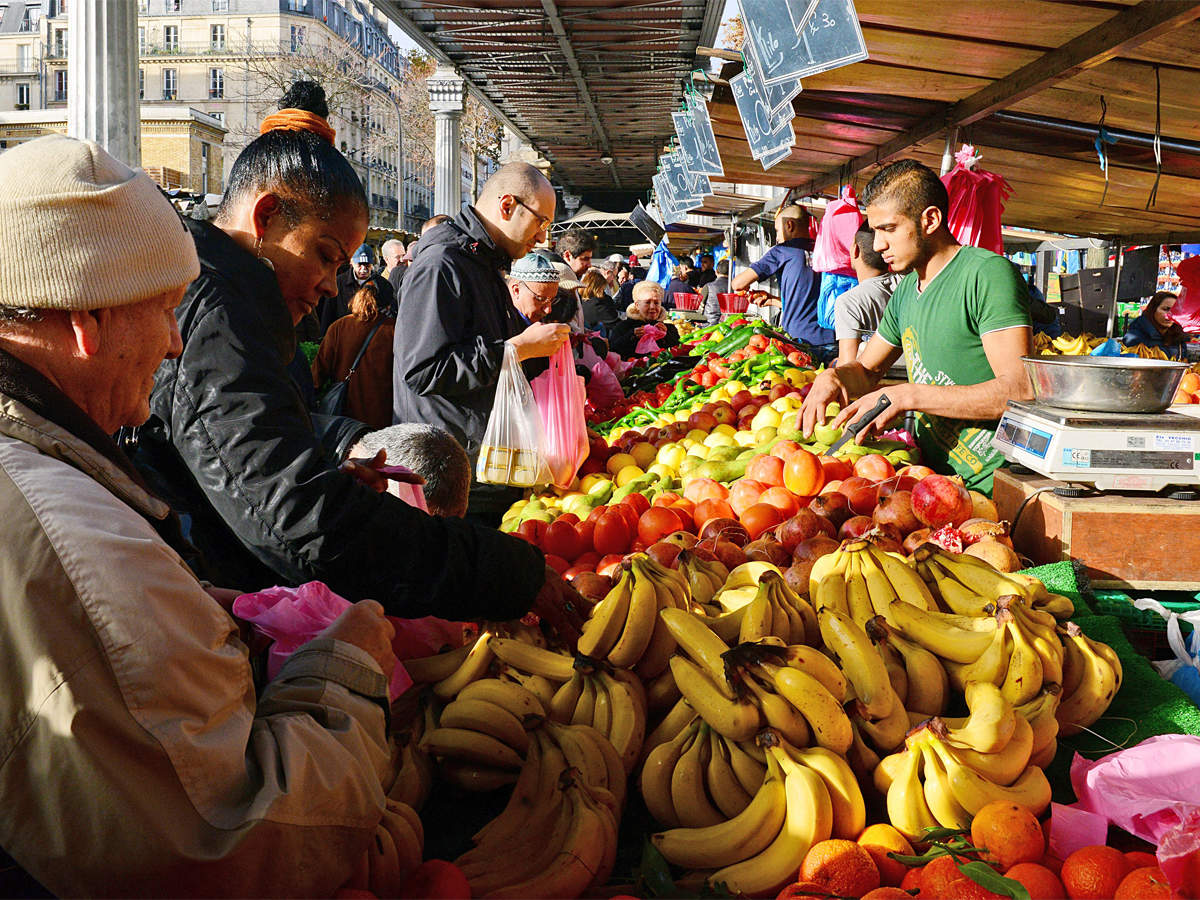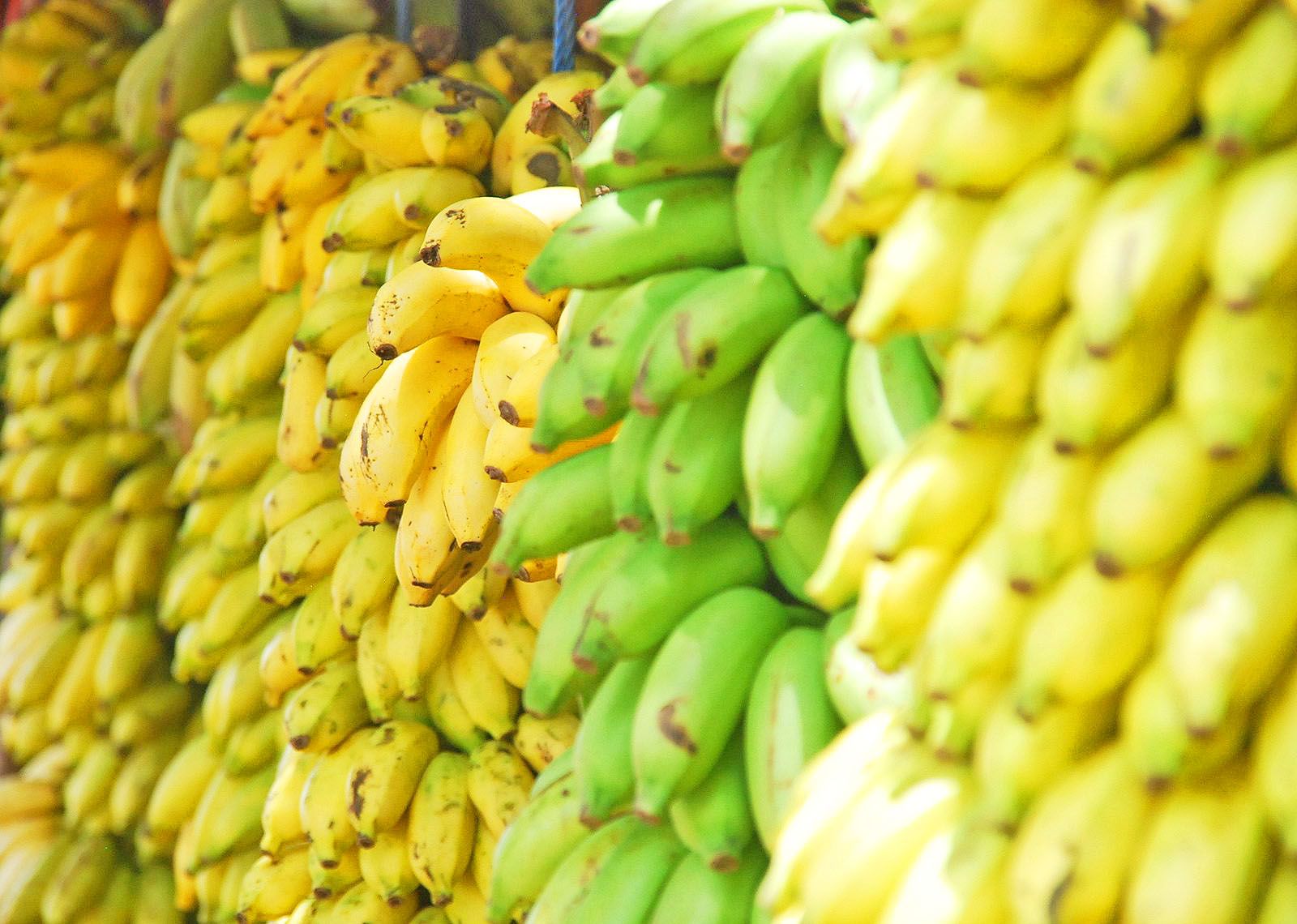Spain, Morocco, Egypt, Greece and Turkey are currently on the market in Europe. In the US, there is supply from California, Florida and Mexico. Meanwhile, China also has production for the local market. The first early Navels for export have already been harvested in South Africa. Orange prices are rising on the Northern European market due to problems in the logistics. Internal border controls have led to an increase in transport costs. Nevertheless, there is enough fruit to meet the demand, even in North America, despite fears of a gap in the supply around May and June, in the period when the local production is replaced with imports from South America.
Netherlands: Oranges in a really good situation
Although COVID-19 has had a significant impact on the entire fruit and vegetable market, oranges seem to have remained in a good position since the start of this crisis. Many consumers are falling back on longer-lasting and more standard products; consequently, orange sales, particularly at supermarkets, proceed smoothly. Since many markets are closed, the trade has taken a big blow. There are enough opportunities for trade, although the delays in transport and the lockdown in Southern Europe are resulting in the entry of products generating higher costs.
Belgium: Prices rise due to more expensive transport
Since the outbreak of the coronavirus crisis, the demand for oranges in Belgium has increased significantly. According to Belgian supermarkets, products that contain a lot of vitamin C are currently doing very well. The demand reached its peak two weeks ago during the hoarding period. The supply from Southern Europe continues uninterrupted, but transport has become more expensive and the trucks are traveling for longer. As a result, prices have risen somewhat.
Germany: High prices are not stopping consumers
Orange prices are currently very high in Germany. Given the bad weather in Spain and Italy, the supply has been very moderate in recent months. However, the demand has skyrocketed due to the coronavirus crisis. "Consumers now want healthy food, which has given a boost to orange sales," said a Berlin trader. The high prices do not stop consumers; on the contrary, “people are prepared to stock up on oranges at any price. That, in fact, is essential for us as traders, given that the logistics costs have also gone up. Fewer and fewer truck drivers are still willing to travel to Italy. Moreover, the trucks are often returning empty. These additional costs will have to be reflected in the final price in one way or another.”
France: Strong demand for oranges, but supply from Spain is difficult
The demand for oranges is good at the moment, compared to other products on the market. Oranges have a reputation for being healthy and rich in vitamin C, which is exactly the sort of product people tend to look for in a crisis period like the current one. However, the supply from Spain is hampered by the shortage of field workers for the harvest, despite the good volumes and quality resulting from the fruit having received sufficient hours of sunshine.
Spain: COVID-19 is causing orange prices to go up
The harvest of late orange varieties such as the Navel Lanelate, Navel Navelate, Washington and Thompson Navel is now underway in Spain and will continue until the end of July. This season there has been a reduction in the volume of around 25-30% which has led to higher prices at origin. So far, the season has been good for the growers, but less so for the traders. The price margins in the retail have been narrow due to the high prices at origin and the high share of unusable fruit due to the impact of storms.
Since COVID-19 has spread around Europe, the demand and the price for oranges have risen sharply, as have the production costs, especially those of the logistics. The harvest, sorting and packaging have been delayed due to mobility restrictions and hygiene regulations such as the 1.5 meter distance rule on the work floor. This is creating tensions between traders and buyers on the European market. In week 11, the average price of oranges at origin increased by 20% compared to the previous week, reaching an average of € 0.30 / kg. The retail price has increased by 3% compared to last week and stands at an average of 0.67 € / kg.
After the Chinese New Year, the COVID-19 outbreak delayed, and in some cases stopped the restart of Spanish exports to China. At first it was difficult to find reefer containers and ships for export and in the end the ports also closed. Although trade with China is now starting up again, many exporters decided to fully focus on the European market this year. After all, the value has risen sharply in recent days and this market is less risky and closer to Spain.
Italy: Increasing demand due to coronavirus
A wholesaler reports that the volume of oranges of Italian origin is falling. The season for the Tarocco variety, which is in high demand, is almost over and the fruit is sold at a price of 2.50 € / kg. The smaller sizes of all varieties, normally intended for the processing industry, are now also in great demand and sold for around 1.00 € / kg. Due to a shortage of Italian oranges, the market is currently focusing on imports from Egypt, Greece and Spain.
"It is currently an ideal time to sell oranges," says a logistics service provider. “The demand has risen in recent weeks, but there is little available. Many companies completed their campaigns a few weeks ago. At the moment, oranges come from Egypt, Greece and the Maghreb, but especially from Spain, where the quality of the oranges is similar to the Italian. The most common varieties on the market are the Lane Late and Navel Powell. Prices at the wholesalers can reach up to 0.75 € / kg.”
"At the moment the market is very lively," says a citrus grower from Southeast Sicily. This is due, on the one hand, to the lower yields this season, and on the other hand, to the COVID-19 virus pandemic, which has had a great impact on consumption patterns.
South Africa: Early navels on the market; prices under pressure due to high volumes
The early Navel season has started in South Africa. On the local markets, prices are under pressure due to the high volumes, with an estimated average of € 0.26 / kg (ZAR 4.95). For the 2020 season, a yield of 26.5 million boxes (15 kilos each) of Navels and 47.5 million boxes of Valencias is expected. Last year, these figures stood at 24.2 million and 44 million boxes, respectively.
China: Fewer imports of oranges due to COVID-19
There is currently a great supply of local oranges on the Chinese market. In the last few weeks, the supply and production have been affected by COVID-19. In most areas there have still been workers, but not enough to cope with the good production levels. As a result, the harvest started later in most regions. In addition to the shortage of laborers, there were also logistical problems, as a result of which sales did not go smoothly and got off to a slow start.
Now that the situation is largely under control again, the market is slowly regaining momentum. Chinese oranges are also exported to neighboring countries. The export volume of Chinese oranges has fallen this year, as not everything has gone smoothly with the exports. In addition to exporting, China also imports oranges from Egypt, Spain, Pakistan and the US. Due to COVID-19, the import volumes were already somewhat lower this year, but since the virus is now also present in other countries, this trend continues.
North America: Peak in the demand for oranges
The demand for oranges has seen a steep rise in North America, which is most likely linked to the COVID-19 virus, which is now spreading across the continent. “We see the demand for citrus outpacing our supply,” says a California wholesaler. A trader on the American East Coast also sees the demand for oranges peaking. "People want to increase their vitamin C intake, which in turn boosts the sales of oranges," says the wholesaler. Traders are not surprised that consumers are demanding oranges. "With the SARS virus 15 years ago, it was announced that people had to take more vitamin C, and we clearly noticed that in the sales volume at the time, even more than now," says a wholesaler.
Not only is the demand now peaking, but also the fruit quality in terms of color, juice content, nutrients and brix. "We see sales increase with every flu wave, but this time it is uncertain how long the demand will last."
Currently, most oranges on the East Coast come from Florida and Mexico. The oranges on the West Coast are subject to more problems. The pressure on the stocks is not only due to the pressure on the logistics due to the virus; the rainfall has also hampered the harvest and that pressure was unexpected and sudden, so the stocks dried up quickly. The question is how long the demand will remain so high. "When people are hoarding, should they eventually have enough in their homes?" asked a wholesaler. California also fears that the high demand will cause the season to end earlier, creating a gap between the local season and imports, which will arrive in July. The end had been estimated for May or June, but now it may happen earlier. In Florida, the orange stocks are also disappearing quicker than usual. The East Coast is looking to start importing oranges from Morocco as soon as possible.
Australia: Concerns about prices in the processing industry
The country is getting ready for the winter orange harvest, following the record export of oranges in 2019, when more than 208,000 tons worth AUD 315 million (171.5 million Euro) were shipped; 10% more than the previous year. The first estimates for 2020 point to lower figures than in 2019, but with large sizes. Growers are also using the vitamin C content in oranges to promote them. This is important in the winter months, especially with the on-going COVID-19 outbreak.
Citrus Australia has expressed its concerns about the juice industry, since the prices paid by the supermarkets to the industry are not correct, given the impact of frost and dry weather on the 2019/2020 Valencia harvest. According to some estimates, there is also a risk of a shortage in the industry in the coming months. The crop reduction is now estimated at 45% in the main region producing oranges for the juicing industry, the Riverina, where 60,000 tons of fruit are expected this season. It is feared that the pressure on prices will push growers out of the market.
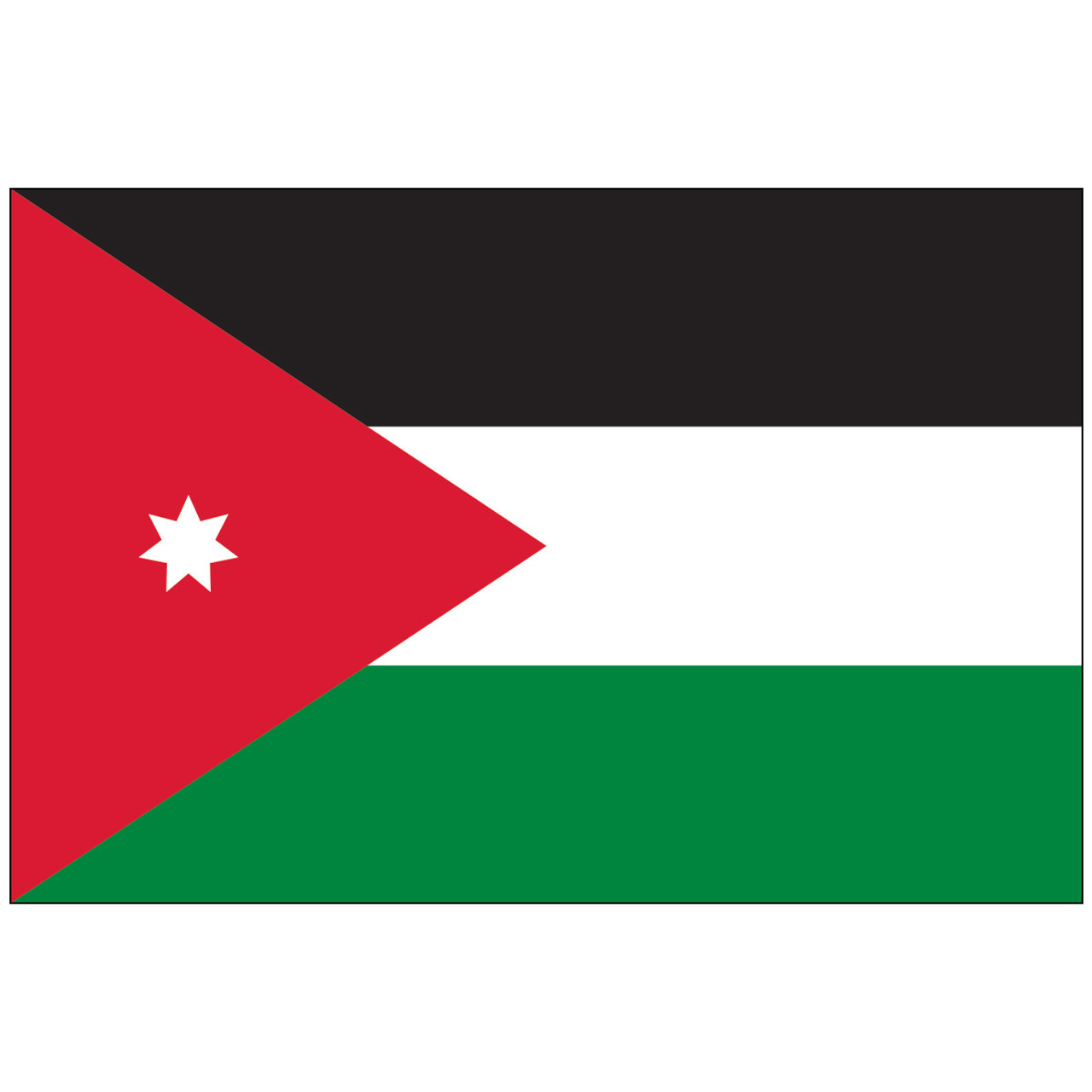 English
English 